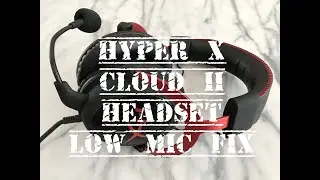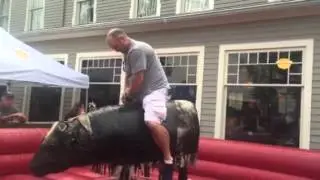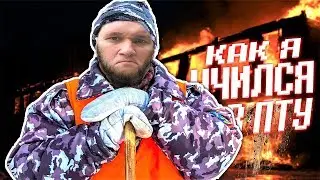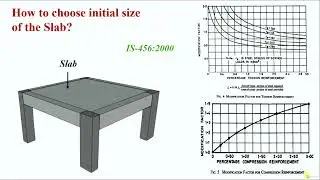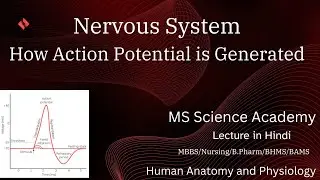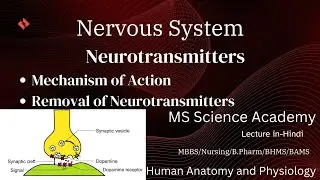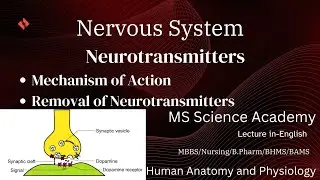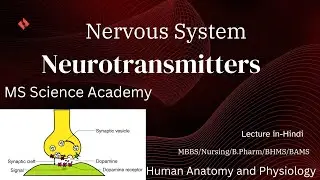Nervous system-Mechanism of Action & Removal of neurotransnitters-MBBS/BHMS/BAMS/B.Pharma
Mechanism of Action
Neurotransmitters transmit signals across a synapse at various locations, such as:
From one neuron to another target neuron
At the neuromuscular junction (NMJ), that is from a neuron to a target muscle cell
From a neuron to a target gland.
A synapse is a junction through which a neuron relays information to another neuron; it has three main components:
The axon terminal (pre-synaptic side), where information is transmitted from
The synaptic cleft
The dendrite (post-synaptic side), receiving the information
There is generally a low-level baseline level of neurotransmitter release that occurs without any need for stimulation. However, the amount released is increased in response to threshold action potentials. The binding of neurotransmitters to the post-synaptic neuron then results in either excitation or inhibition depending on which is released and the receptor it binds to.
Removal of neurotransmitters-
Neurotransmitters are chemical messengers that transmit signals across a synapse from one neuron’s axon to another neuron’s dendrite. Neurotransmitters are released from the presynaptic neuron in vesicles that travel across the synaptic cleft where they are received by receptors on the postsynaptic neuron. Neurotransmitters can have either excitatory or inhibitory effects on the postsynaptic neuron by increasing or decreasing the probability that the postsynaptic neuron will create an action potential. Neurotransmitters are removed from the synaptic cleft by diffusion out of the cleft, removal by an enzyme, or via re-uptake pumps that actively pump the neurotransmitter back into the presynaptic axon.
